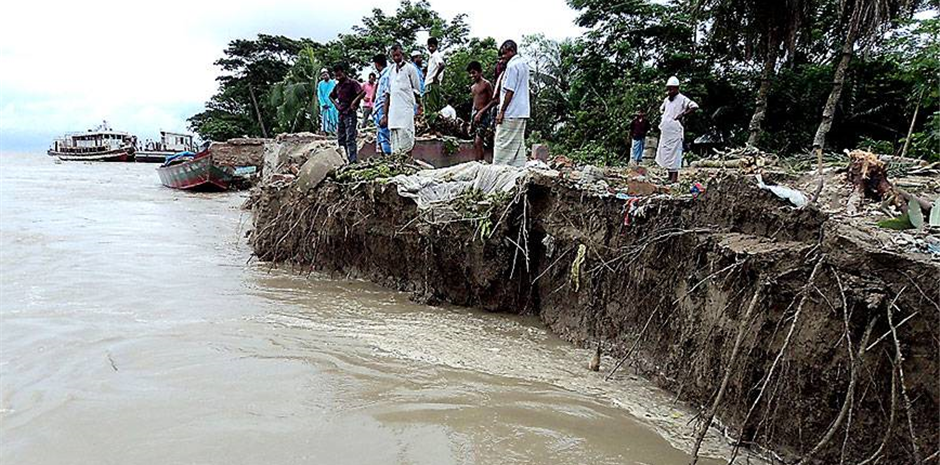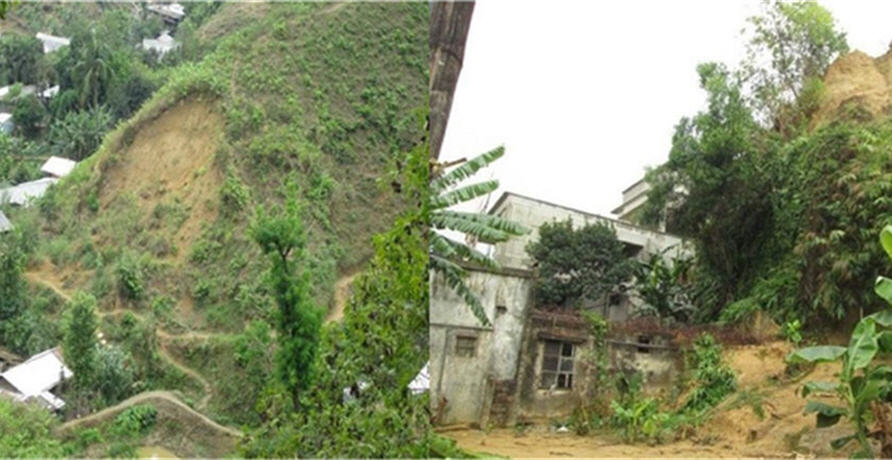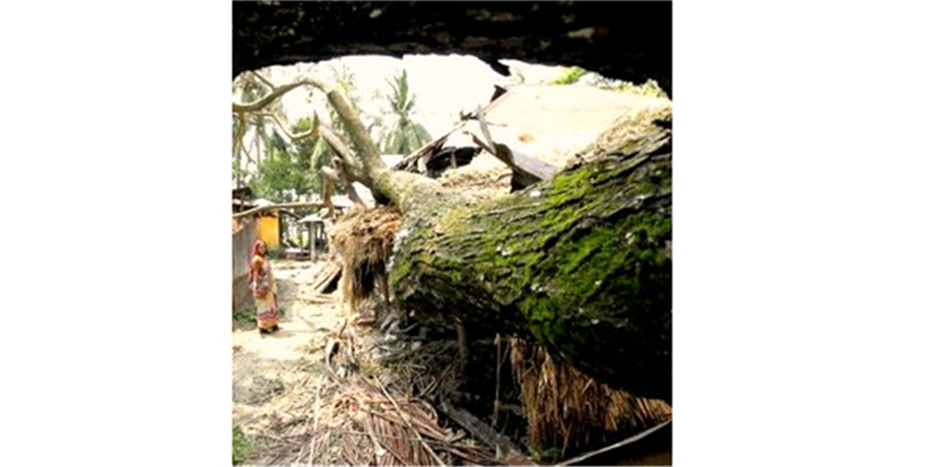Atta Abad Hunza Disaster
Chittagong, Bangladesh
Atta Abad is in extreme north of Pakistan. It is located at the distance of 760km from Islamabad (capital of Pakistan), near Sarat valley. It is surrounded by Karakorum ranges.
Geographically Atta bad Hunza lie in red zone, always prone to threat seismic activity. Once it was a steep settlement on mountains and it has been recognized among very complex unstable slope due to effect of seismic activity, high slope angle and river cutting.
On 4th January 2010 Atta Abad Hunza Pakistan was caught in flames of grief and sorrow as massive part of mountain came down crushing and engulfing magnificent valley beneath. This day changed lives of many people forever and caused loss of life, property, assets and infrastructure. This report will analyze how business organizations play vital role in disaster preparedness and why economic preparedness is important to survive disasters effectively.
In 2002 when Astore (district in Gilgit baltistan) Earthquake hit Atta Abad village crakes appeared in many houses. Theses crakes began to widen with passage of time. In 2005 Kashmir earth quake worsen the condition. Several surveys were carried out by government and nongovernmental organizations i.e. National Development Management Association (NDMA) in 2009 , one year before disaster, wrote in their report that the 'network of crakes and fissure present in the area are potential source of any future calamity and may result in loss of life and property'Â.
Atta abad valley was bestowed by nature as most of people were peasants and earn their livelihoods by farming potatoes and vegetables. But unfortunately natures changed its mood and reveal its wrath as the beautiful valley came crashing down and transforming into mass of dust, boulders and mud.19 people perished along with the landslide.
Properties were destroyed and the mass of soil and boulders blocked the Hunza River it resulted into formation of an artificial lake which started to inundate surrounding villages while destroying more properties. population shifted to safer places. All over 4983 individuals (602) families evacuated from 25 villages of Hunza nager district and shifted to relief camps.
Business and community played a crucial role before, during, and after disaster. Before disaster these organizations like NDMA, and FOCUS made several surveys and provided awareness to local people about future calamities. They told them to evacuate the risky site as soon as possible.
Just before disaster local nongovernmental organization (NGO,s) like FOCUS and governmental organizations like NDMA came forward and helped people to evacuate the risky area. These organizations saved hundreds of lives and only those perished who did not believe them. They shifted them to safer places. They provided them with food, water, medicine, and shelter. Following is an example of one of small organization, Pakistan Red Crescent society which provided relief to disaster victims.
Food Package: atta= 40 kg, Ghee= 10 kg, Sugar = 10 kg, Dal = 3 kg, Tea = 1 kg, Salt = 1 kg and
Non-Food Items : Jackets = 7, Shawl = 4 and Quilts = 4 Soap = 5 bars
Apart from this PRCS sent 200 wood burning stoves, 15 tents, 91 blankets, 14 plastic/tarpaulin sheets, 5 hygiene kits, 15 hurricane lamps, 15 kerosene stoves. All of these items have been distributed to 300 Atta Abad families on 9th January.
Even these organizations helped people very much but self help is always important.
It is not enough to survive disaster but to survive them effectively in future is more important. Lives of those who survived disaster can later be destroyed by other problems. Good economic planning is necessary to make more resilient families which can bring themselves back to normal life after disaster.
Unfortunately Due to lack of knowledge and preparedness those people who were displaced had to face bunch of problems. Their lives were detached, students quit schools, professional lost their jobs, standard of life suddenly dropped, farms of peasants were gone and these people became vulnerable to health problems like malnutrition, anemia and depression. Social issues like early marriages of girls, more workforce on boys and rapid dropout of student from schools were also observed.
This resulted in a huge destruction then ever expected. Families were less resilient for such conditions and even now after five years they could not bring back their lives to normal. The main reason behind this was lack of economic preparedness. No single person insurance of their properties and lives. They didnt got any account. The only thing they owned was their farms which perished along with disaster.
This created a desolate condition. Those who were leading good lives having farms were now displaced, having nowhere to go.







